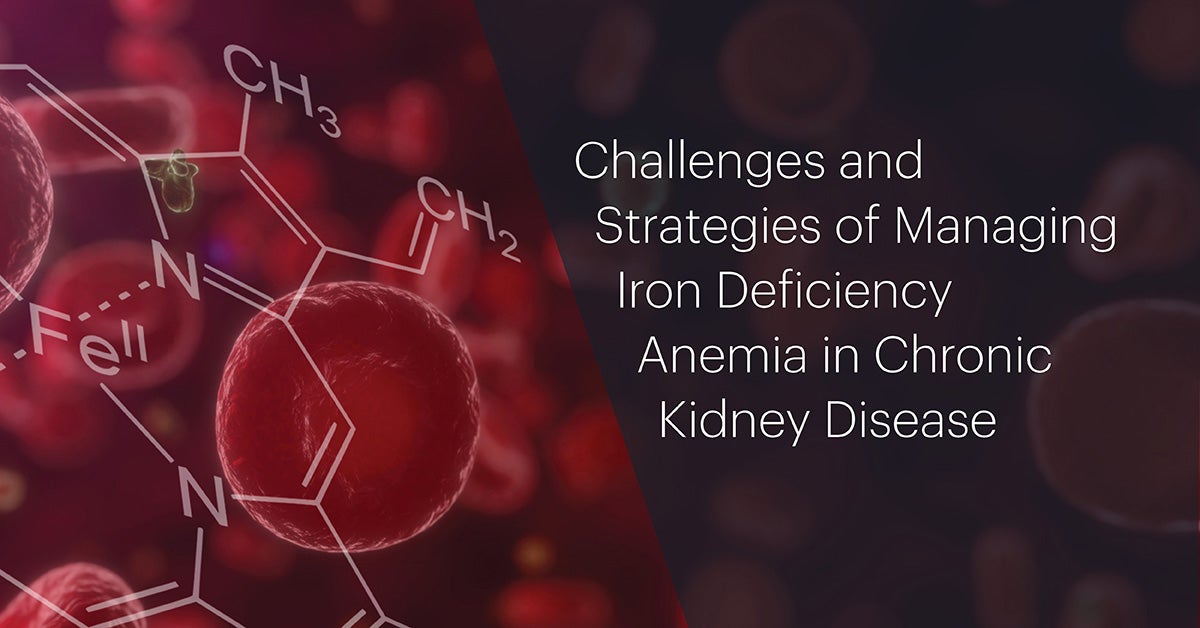Công thức CKD-EPI creatinine equation (2009)
Công thức MDRD study equation (2009)
Hai công thức tính mức lọc cầu thận dựa theo chỉ số creatinine
Công thức CKD-EPI creatinine-cystatin equation (2012)
Công thức CKD-EPI cystatin C equation (2012)
Đến năm 2012 thì dựa thêm vào chỉ số : cystatin C .
chỉ số : cystatin C là gì ?
cystatin C là một protein có khối lượng phân tử thấp (13,3 kDa), được tách khỏi máu nhờ sự lọc của cầu thận.
Mức độ cystatin C ít bị ảnh hưởng bởi tuổi, giới, khối lượng cơ của cơ thể và vào lượng protein của chế độ ăn.
Nếu chức năng thận và độ lọc cầu thận giảm, mức độ cystatin C trong máu sẽ tăng.
Vì vậy, mức độ cystatin C là một xét nghiệm chính xác hơn cho chức năng thận so với mức độ creatinine huyết thanh.
cystatin C trong huyết thanh ở người khỏe mạnh lứa tuổi trưởng thành là 0,52 – 0,98 mg/ L,
- ở phụ nữ là 0,52-0,90 mg / L
- ở nam giới là 0,56-0,98 mg/ L,
- ở người dưới 50 tuổi là 0,53- 0,92 mg/ L
- và ở người trên 50 tuổi là 0,58-1,02 mg/ L
Tất cả các công thức chung chủ yếu ứng dụng cho người da đen hoặc người mỹ .
Nên khi áp dụng công thức vào người châu á nói chung và người việt nam nói riêng thì không chuẩn xác lắm.Vì thể trạng người việt thấp bé .
Vì vậy cần phải thêm cân nặng và chiều cao thì ước tính mức lọc cầu thận mỗi phút trên 1,73 m 2 chuẩn xác hơn.




Bạn cần tư vấn chữa bệnh?
Vui lòng điền thông tin, Thiên Tâm sẽ liên hệ lại
Dinh Dưỡng Cho Người Bệnh Khô Khớp: Hướng Dẫn Từ Chuyên Gia
Điều Trị Khô Khớp và Khô Dịch Khớp: Hiểu Biết và Giải Pháp
Bạch xà – Cây thuốc quý bảo vệ gan, tim mạch và đường huyết
Kiến Thức Cơ Bản Về Suy Thận Độ 1 và khả năng điều trị
Mô Tả Chi Tiết Cây Bạch Hạc và Công Dụng Điều Trị Bệnh
Dây đau xương : công dụng và một số ứng dụng trong điều trị bệnh
Cây hy thiêm có tác dụng hạ huyết áp, giãn tĩnh mạch
Bài thuốc điều trị thận hư, tiểu đêm, di tinh mộng tinh từ cây Cẩu tích